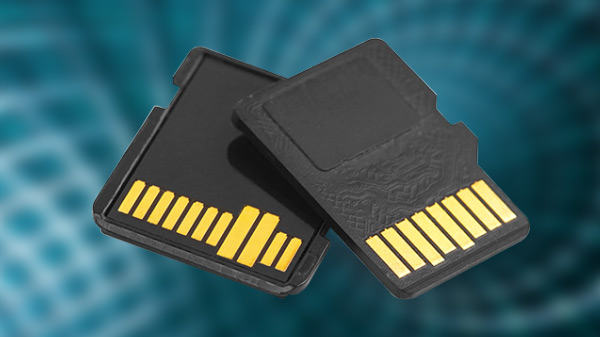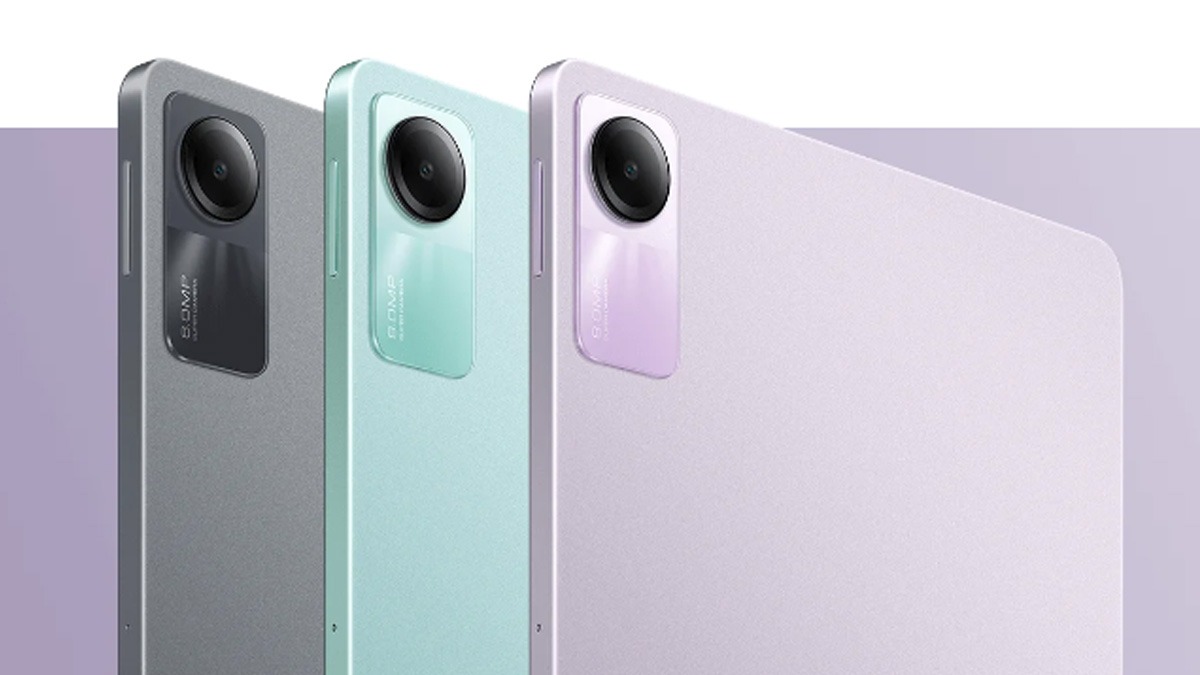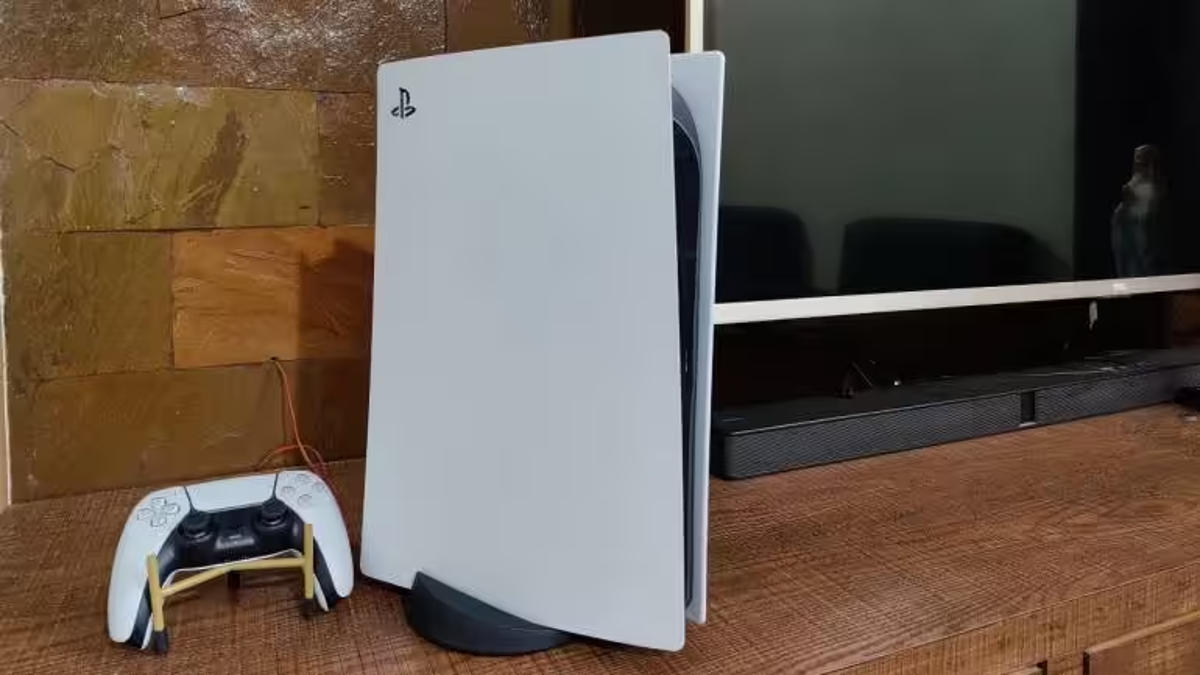Just In
- 11 hrs ago

- 11 hrs ago

- 12 hrs ago

- 13 hrs ago

Don't Miss
- Finance
 1:3 Bonus Share, Rs 13.25/Share Dividend: Buy Maharatna PSU, TP Rs 355, Fundraise Approved
1:3 Bonus Share, Rs 13.25/Share Dividend: Buy Maharatna PSU, TP Rs 355, Fundraise Approved - Lifestyle
 Kamada Ekadashi 2024 Wishes: Greetings, Messages, Texts, Images, Twitter Status And Instagram Captions
Kamada Ekadashi 2024 Wishes: Greetings, Messages, Texts, Images, Twitter Status And Instagram Captions - Sports
 Who Won Yesterday's IPL Match 33? PBKS vs MI, IPL 2024 on April 17: Mumbai Indians Escape Last-Ditched Fight by Punjab Kings To Win
Who Won Yesterday's IPL Match 33? PBKS vs MI, IPL 2024 on April 17: Mumbai Indians Escape Last-Ditched Fight by Punjab Kings To Win - Movies
 Do Aur Do Pyaar OTT Release Date & Platform: When & Where To Watch Vidya Balan’s Film After Theatrical Run?
Do Aur Do Pyaar OTT Release Date & Platform: When & Where To Watch Vidya Balan’s Film After Theatrical Run? - News
 BRS Chief K Chandrasekhar Rao Slams BJP, Says K Kavitha's Arrest Is Vendetta Politics
BRS Chief K Chandrasekhar Rao Slams BJP, Says K Kavitha's Arrest Is Vendetta Politics - Automobiles
 Aprilia RS 457 Accessories: A Detailed Look At The Prices
Aprilia RS 457 Accessories: A Detailed Look At The Prices - Education
 Karnataka SSLC Result 2024 Soon, Know How to Check Through Website, SMS and Digilocker
Karnataka SSLC Result 2024 Soon, Know How to Check Through Website, SMS and Digilocker - Travel
Telangana's Waterfall: A Serene Escape Into Nature's Marvels
What you should check before buying MicroSD card
Planning to get yourself a new MicroSD card? Here are few things you should keep in mind.
SD cards have been around for about two decades now, they have been used across multiple platforms for purposes that have their own specific needs and parameters to be adhered to.

MicroSD cards are about a quarter of the size of a normal SD card, with dimensions of about 15 mm x 11 mm x 1 mm. And since countless innovations have been made keeping these in mind, when you choose a memory card, there is a wide range of numbers and lines you have to be conscious about. A few words on the specifications and parameters to keep an eye out for when choosing an SD card has been listed below. This will hopefully let you know about things you need to be more aware of when choosing the right SD card for you.
1) Storage capacity
This is a fairly straightforward spec to describe, in short, the bigger the better, this depends solely on your own preference, the range starts at 128 MB and keeps going up.
You need to keep an eye on the maximum removable storage your phone allows as well before you pick the memory card you wish to spend your money on. A lot of smartphones that are being released now allow users to use cards that go up to 256 GB, while these can hold a lot of data, you need to think about whether you actually need that much storage space taking the cloud and internal memory into account.
The three members of the SD card family are:
a) SD
Range: 128MB to 2GB
Default Format: FAT16
Devices: Any host device that supports SD, SDHC and SDXC
b) SDHC
Range: 4GB to 32 GB
Default Format: FAT32
Devices: These cards are not compatible with devices that support only SD. Devices which were made post-2008 are SDHC compatible.
c) SDXC
Range: 64GB to 2TB
Default Format: exFAT
Devices: These cards are compatible with host devices that will only be able to take SD (128MB to 2GB) or those that take SDHC (4GB to 32 GB).
2) Speed Class
How fast your memory card can transfer files is determined based on the speed class that they are in. The different speed classes set by SD Association do not specify the exact speed of transfer but it sets guidelines for it to follow.
10, 6, 4, and 2 are the four different speed classes that are available with Class 10 being the highest and Class 2 being the lowest. Classes 4 and 6 are the ones you should go for if you have high-definition video recording in mind. And Class 10 if you want full HD video recording.
UHS (Ultra High Speed) classes came into the picture to meet the demands of 4K-recording devices. There are two Ultra High-Speed classes which are intended for professional use. UHS class 1 and 3 are the two available classes of SD card.
The speeds available in ascending order of their Speed Class are:
a) Class 2
b) Class 4
c) Class 6
d) Class 10
e) UHS class 1
f) UHS class 3
The Speed Class of the microSD card that you pick must be based on the compatibility it has with your phone and the purpose you intend to use it for, class 2 is a little outdated but Classes 4 and 6 should be enough to satisfy the requirements of an average consumer.
-
99,999
-
1,29,999
-
69,999
-
41,999
-
64,999
-
99,999
-
29,999
-
63,999
-
39,999
-
1,56,900
-
79,900
-
1,39,900
-
1,29,900
-
65,900
-
1,56,900
-
1,30,990
-
76,990
-
16,499
-
30,700
-
12,999
-
62,425
-
1,15,909
-
93,635
-
75,804
-
9,999
-
11,999
-
3,999
-
2,500
-
3,599
-
8,893












































